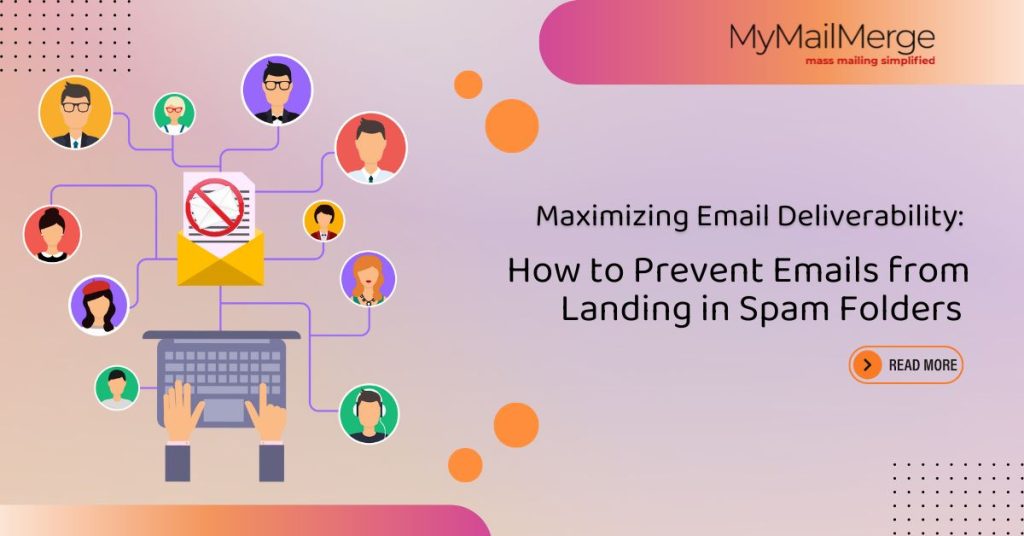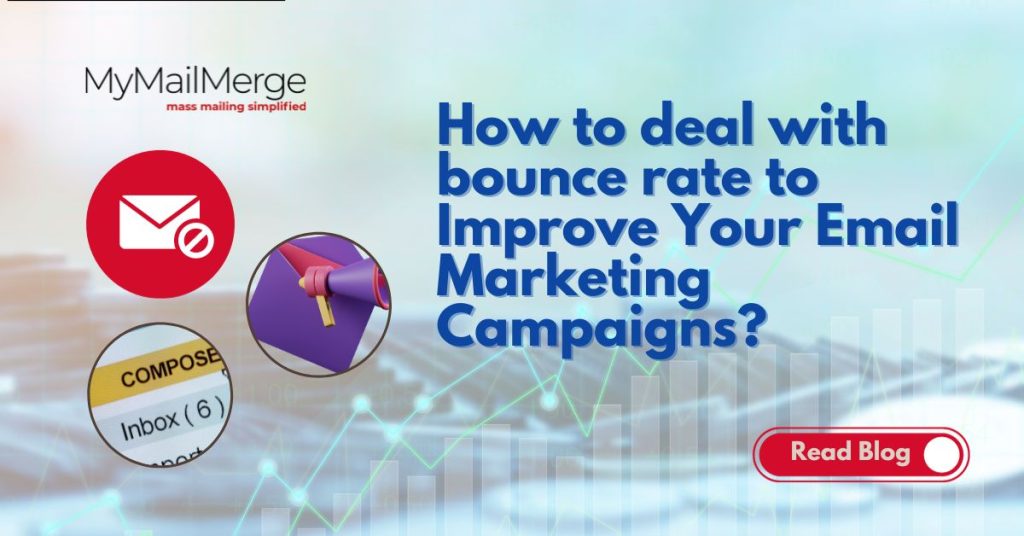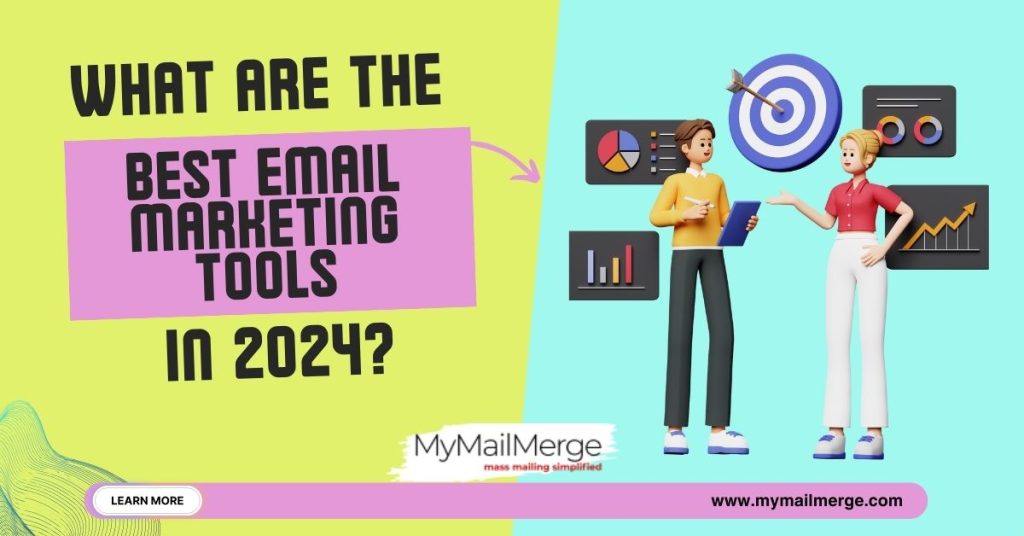Do you know that “77% of marketers have observed increased email engagement in the last 12 months”?
The statistics validate that mass email communication is now an integral part of modern business marketing outreach. It is a powerful tool to reach a broader audience by delivering personalized emails, boosting brand visibility, enhancing customer engagement and driving conversion.
Tools like MyMailMerge allow you to personalize your emails by automatically inserting recipient-specific information such as names or company details- into your email templates. This small addition can make a significant impact on how your recipients perceive and interact with your emails.
Let’s understand the term “email spamming” and its role in email marketing.
What is Email Spam?
“Email spamming” refers to unwanted messages that flood users’ inboxes without their consent or knowledge. . These emails aim to promote brand products, services, or fraudulent schemes. Organizations often collect email addresses using various tactics and overwhelm them with unsolicited emails.
Bulk email spamming involves repeatedly sending these unsolicited emails, to a large number of recipients, resulting in a cluttered inbox
The spam emails not only negatively impact recipients but also harm the sender’s reputation. These clutter inboxes often contain malicious content and can lead to distrust between sender and recipients.
Spam emails can lead to reduced email open rates, damage brand reputation, and even have legal implications. Distrust among recipients can adversely affect legitimate email campaigns and hinder genuine communication efforts.
What happens when emails go to the spam folder?
- Reduces email deliverability
- Affects the credibility of your email account and email server
- Lower response rate/ Lowers conversion rate
- Outreach efforts gets slowed down
What are factors deciding your email deliverability?
1. Domain Authority
The initial step undertaken by mail-servers is to scrutinize whether your domain and IP address appear on any blacklists. It is imperative to establish your credibility as a legitimate sender. Once your domain successfully passes this initial assessment, mail servers like Gmail, Yahoo or others proceed to evaluate the content of your email.
2. Your Message
These email servers meticulously examine the content of your email to identify any malicious links or the presence of spammy or promotional language.
3. User engagement
Google’s AI proceeds to assess whether recipients are deleting your email without even opening it, possibly due to a misleading or irrelevant information topic. Secondly, Gmail takes note of instances where your email is frequently marked as spam by users.
4. Sending history
When utilizing a dedicated IP, it is crucial to gradually warm up new IP addresses. Gmail temporarily blocks new IP addresses for a period of 2-24 hours. Subsequently, a few emails are delivered to the inbox to gauge the recipients’ response.
If the initial test yields a high complaint rate, it is highly probable that future emails will be categorized as spam. Conversely, if recipients actively click on “This is not spam,” Gmail deems the address safe for the inbox.
9 strategies to overcome email spamming
1. Use valid email Addresses only:
Make sure your contact list comprises validated emails with a professional signature. An incorrect email address can increase bounce rates and trigger spam filters.
Tools like MyEmailVerifier become helpful to verify your emails before adding them to your mailing list.
2. Craft a clear subject-line:
When Creating your email’s subject line, aim for clarity and avoid using unfamiliar words or symbols.
Clear Subject Line:
For example: Boost media visibility of your business with Press Release Distribution
Unclear Subject Line:
3. Utilize valid name:
Always write a verified name while crafting a message in the “From” field. Using a valid name not only establishes credibility but also ensures that recipients can easily make contact with the sender and the purpose of the email.
4. Limit the number of links:
Excessive links in your email content can trigger spam filters. Try including balanced links in your content which are validated and lands on good web pages.
5. Avoid over-capitalization:
Do you know that Google perceives capital words as aggressive content? Avoid using caps lock as your message gets blocked or into a spam folder. Sometimes, caps words could be used to grab the attention of the reader but that should be done very carefully.
6. Handle attachments carefully:
If you want to send an attachment with your content, make sure it doesn’t contain any malicious code or virus.. Sending links to downloadable content is safer than attachments. Overall, one should avoid sending attachments in the first email to any recipient.
7. Avoid manipulative words:
Try not to use words that are often used in spam emails, like “free,” “money,” or “urgent.” Overusing them might lead to your email being marked as spam.
8. Manage email volume:
There’s another reason why emails slip into spam folders; sending emails is bulk. Sending emails in smaller batches is key to avoiding spam flags.
9. Include an Unsubscribe option:
Offering an unsubscribe option is essential. Explain why recipients are receiving the email and encourage them to mark it as “not spam.” You can ask your recipient to respond with Unsubscribe or give them an Unsubscribe link.
By applying these strategies, you can significantly enhance the likelihood of your important emails reaching recipients’ inboxes.
Up to you..
Start implementing these strategies in your email campaigns today. Effective email communication leads to better engagement, increased conversions, and enhanced brand credibility.




Pingback: Boost Your Email Marketing with these 6 Best Practices
Pingback: How to Deal with Bounce Rate to Improve your Email Marketing Campaigns? - My Mail Merge